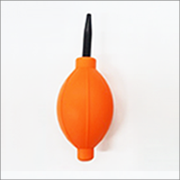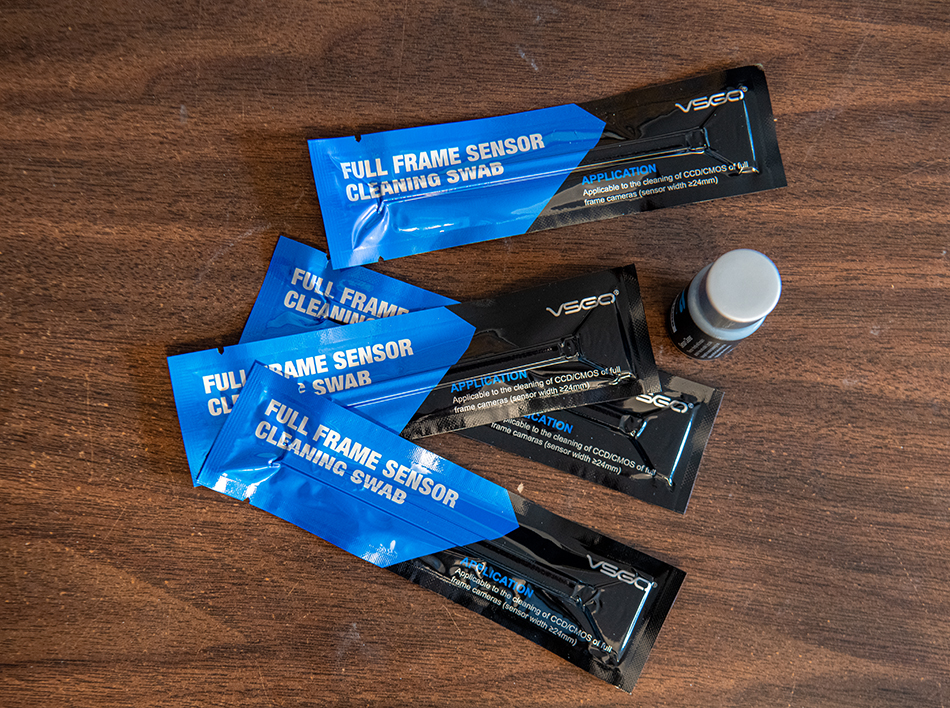
Whether that decision has a significant impact on your overall phone experience remains to be seen, but it does impact photography performance and the Pixel 5’s DXOMARK Camera ranking. Google has changed tack with the Pixel 5 and set sail for the mid-range market with a lower-specification model that’s more affordable than top-end devices from competing brands. Xiaomi Mi 10 Ultra, indoor video Conclusion Dynamic range is a little limited, so expect some highlight clipping and darker target exposures in high-contrast conditions and videos tend to be underexposed in low light, but for the most part you won’t have too many complaints for video exposure. Overall video exposure on the Pixel 5 doesn’t quite compete with the best devices we’ve tested, but target exposures are mainly accurate in good to fair lighting conditions, so you can be confident of nice, bright movies in indoor and outdoor scenes. The Pixel 5’s overall Video score is derived from its performance and results across a range of attributes in the same way as the Photo score: Exposure (86), Color (91), Autofocus (105), Texture (82), Noise (79), Artifacts (79), and Stabilization (99). That ranks Google’s latest device slightly better for moving images compared to stills, with performance showing a couple of key strengths as well as some areas for improvement. Tested in 2160p/30 fps mode that offers the best quality for video with stabilization available, the Google Pixel 5 achieves an overall Video score of 107. For more information about the DXOMARK Camera test protocol, click here. More details on how we score smartphone cameras are available here. This article is designed to highlight the most important results of our testing. 4K video, 2160p/60 fps (2160p/30 fps tested) 1080p/up to 240 fps, gyro-EISĪbout DXOMARK Camera tests: For scoring and analysis in our smartphone camera reviews, DXOMARK engineers capture and evaluate over 3000 test images and more than 2.5 hours of video both in controlled lab environments and in natural indoor and outdoor scenes, using the camera’s default settings.


Opting for an ultra-wide over a tele-lens, Google has equipped the Pixel 5 with a second 16 MP 1/3.09-inch sensor with 1.0µm pixels alongside a 16.5 mm-equivalent f/2.2-aperture lens.
#Sensor dust big aperture software
The wide-aperture lens should help with low-light photography, but as it eschews a larger Quad-Bayer sensor with pixel binning, Google will be relying on software and processing for improvements in noise and detail. There’s a standard-array 12.2 MP 1/2.55-inch sensor with 1.4µm pixels, coupled to a 27 mm-equivalent f/1.7 lens with dual-pixel PDAF and OIS. Shooting pictures with the new Google Pixel 5įor the Pixel 5, Google has stuck with the same standard-wide hardware we saw on the Pixel 4. It’s a switch in camera priorities over the Pixel 4’s standard-wide and tele-lens setup, and the American software giant doesn’t seem prepared to offer us a device with three different focal length lenses just yet. So there’s no tele-lens for long focal length zoom shots, and no depth sensor to assist bokeh shots. The same is true for the Pixel 5’s photography specification, which features a dual-camera setup with standard-wide and ultra-wide lens options.

Available at just $699, however, it’s much less expensive, and Google looks to be taking aim more at the mid-range market for the Pixel 5. Although a flagship in the sense that it is Google’s top device, on paper its specifications are a step down from high-end competitors boasting larger displays, faster processors, and more storage.
#Sensor dust big aperture android
The Pixel 5 is Google’s latest flagship phone, featuring a 6.0-inch FHD+ display, Snapdragon 765G chipset with 128 GB internal storage, 4080 mAh battery, and of course the latest Android 11 operating system.


 0 kommentar(er)
0 kommentar(er)
